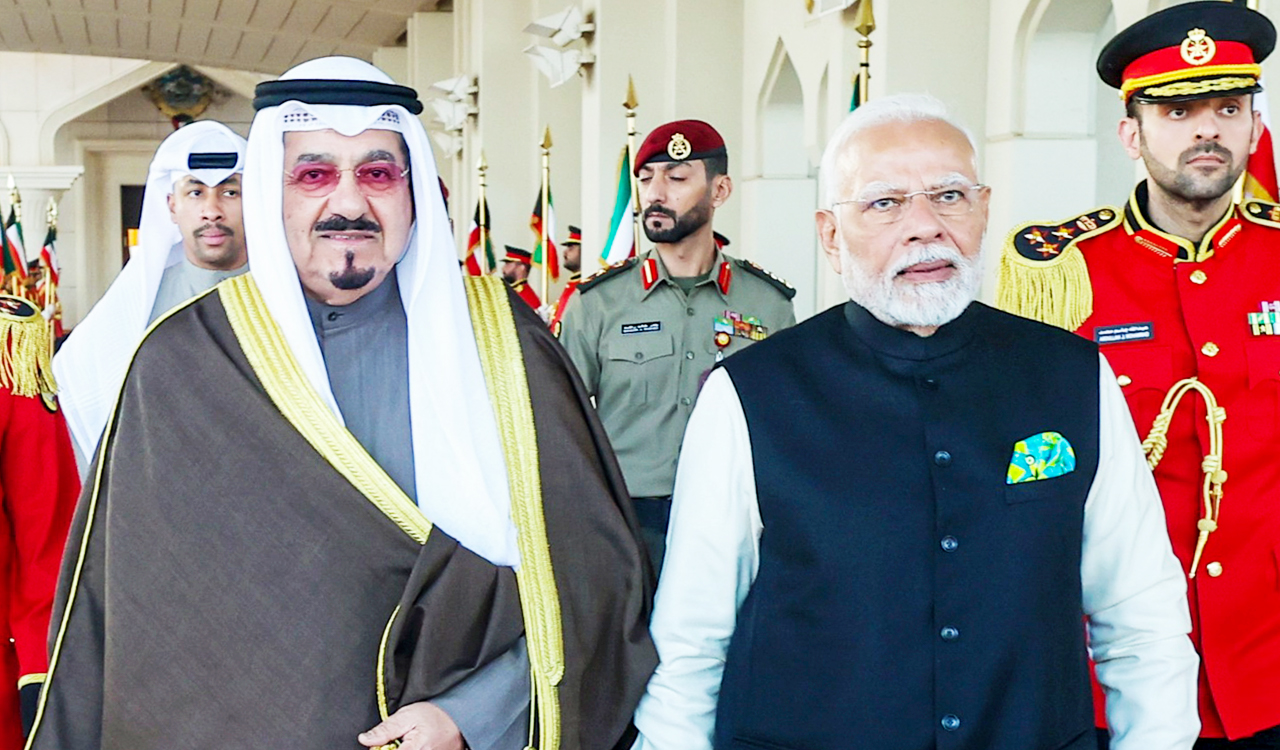Editorial: Choking Capital
The Centre has set a target to cut air pollution by 20-30% by 2024 but the approach has been piecemeal

India has earned the dubious distinction of being home to some of the world’s worst polluted cities. The quality of air that people in the national capital breathe is ranked the worst in the world, according to IQAir, a Switzerland-based climate group that is also a technology partner of the United Nations Environmental Program. Mumbai and Kolkata are the other two Indian cities that figure in the top ten most polluted cities of the world. India’s track record in controlling pollution has been patchy at best. While the Centre has set an ambitious target to cut air pollution by 20-30% in over a hundred cities by 2024, the approach has been piecemeal and rather tentative. Even the national clean air programme, unveiled a couple of years ago, has not been effective. While Delhi tops the list with an AQI of 460 as listed by the IQAir service, Mumbai and Kolkata occupy fourth and sixth positions respectively on the list. Delhi is now in the grip of a health emergency with mounting levels of air pollution, exacerbated by a hazardous amalgamation of smoke from farm fires in neighbouring Punjab and Haryana and the city’s vehicular emissions. A day after Diwali, the level of PM2.5 (Particulate Matter of 2.5 micrometres), a measure of the prevalence of microscopic particles that cause respiratory damage, touched 1,000 in parts of Delhi, over 200 times higher than the limit prescribed by the World Health Organization.
What has worsened the situation in the National Capital Region is the presence of thousands of highly polluting industries. The time has come for the government to take strict action against the industrial units failing to comply with green norms, particularly those in Noida, Ghaziabad, Faridabad and Gurugram which are often listed among the world’s ten most-polluted cities. Nearly 40% of Delhi’s air pollution is caused by crop stubble burning in the adjoining States, an issue that has become a political hot potato. This ritual crop burning is choking the national capital, leading to a steady rise in respiratory diseases particularly among children. The inaction on this burning issue exposes the weakness of the political establishment and the hypocrisy of the NGO-activist complex. According to the State of Global Air 2020, of the 20 most populous countries, 14 have recorded a gradual improvement in air quality but India, Bangladesh and Pakistan are among those that have recorded an increase in air pollution levels. In 2019, over 1.16 lakh infants died in India within a month after birth due to exposure to air pollution. With poor air quality emerging as the single most dangerous risk to public health, the issue brooks no delay. Anti-pollution measures must be monitored on a real-time basis to ensure that they yield desired results at the ground level.
Now you can get handpicked stories from Telangana Today on Telegram everyday. Click the link to subscribe.
Click to follow Telangana Today Facebook page and Twitter .
Related News
-
Save future of Telangana NEET PG aspirants, IMA writes to CM Revanth Reddy
40 mins ago -
Telangana techie loses Rs 4.15 lakh to online gold trading fraud
1 hour ago -
Hyderabad: Couple working as house help at doctor’s residence held for theft
1 hour ago -
Hyderabad auto driver foils attempt to kidnap young woman, five held
2 hours ago -
Haiti gang attack on journalists covering hospital reopening leaves 2 dead, several wounded
3 hours ago -
21 dead as Mozambique erupts in violence after election court ruling
4 hours ago -
Cartoon Today on December 25, 2024
11 hours ago -
Sandhya Theatre stampede case: Allu Arjun questioned for 3 hours by Chikkadpallly police
12 hours ago




